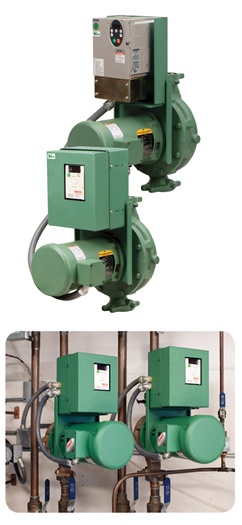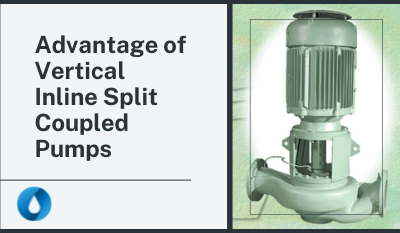Note: This blog post was synopsized from EC&M magazine article "Tips for More Effective VFD Maintenance." Post by Dave Polka, ABB Automation University.
 Variable Frequency Drives (VFDs) have quickly become very common items found in a mechanical room. Do you know how to properly maintain a VFD? It’s a lot easier than you might think. By adding a few relatively easy and logical steps into your preventative maintenance programyou can help ensure your drives provide many years of trouble free service.
Variable Frequency Drives (VFDs) have quickly become very common items found in a mechanical room. Do you know how to properly maintain a VFD? It’s a lot easier than you might think. By adding a few relatively easy and logical steps into your preventative maintenance programyou can help ensure your drives provide many years of trouble free service.
First, a quick overview of a VFD. A VFD controls the speed, torque, and direction of an AC motor by taking fixed voltage and frequency input and converts it to a variable voltage and frequency output. The VFD's control circuitry coordinates the switching of power devices, typically through a control board that directs the firing of power components in the proper sequence. In terms I better understand, a VFD is basically a computer and a power supply. Similar to a computer and power supply, the same safety and equipment precautions apply to a VFD. Suggested maintenance requirements for VFDs vary by manufacturer; one should always consult the appropriate IO&M prior to working on. However, in general, VFD maintenance requirements fall into three basic categories: ensure that it’s clean, ensure that it’s dry and ensure all electrical connections are tight.
- Ensure Cleanliness. Most VFDs fall into the NEMA 1 category (side vents for cooling airflow) that makes it susceptible to dust contamination. Dust on VFD’s can cause a lack of airflow resulting in diminished performance, malfunction, or even failure. Using compressed air to clean is a viable option; however, you must ensure the air is oil-free and dry or you may do more harm than good.
- Ensure Dryness. VFDs falling into the NEMA 1 category should always be installed in a clean and dry area. During periodic inspection, if moisture or condensation is noticed on or around the VFD you should immediately check for environmental factors, which may be contributing to the problem. If the moisture persists, you may want consider upgrading the VFDs enclosure to NEMA 12. It doesn’t take a lot of water to corrode a circuit board; if you notice any signs of corrosion during inspection it’s best to consult the manufacturer or manufacturer’s representative for next best steps.
- Ensure Tight Connections. This sounds basic; however, it is a commonly missed step. Heat cycles and vibrations in the mechanical room can lead to loose connections. Poor connections eventually lead to arcing which can cause over voltage faults, damage to protective components, over current faults, erratic operation, and damage to the power components. Retightening loose connections with a torque wrench to the manufacturer’s recommended torque is sometimes recommended; be cautious not to over torque any sensitive connections.
Dust, moisture, and loose connections are the main causes of VFD fault. As always, please be sure to check manufacturer specific protocol prior to beginning any maintenance routine at your facility.






.png)




Submit a Comment